Learn how to freeze cinnamon roll dough, and avoid the last-minute rush of baking cinnamon rolls while your friends and family wait!
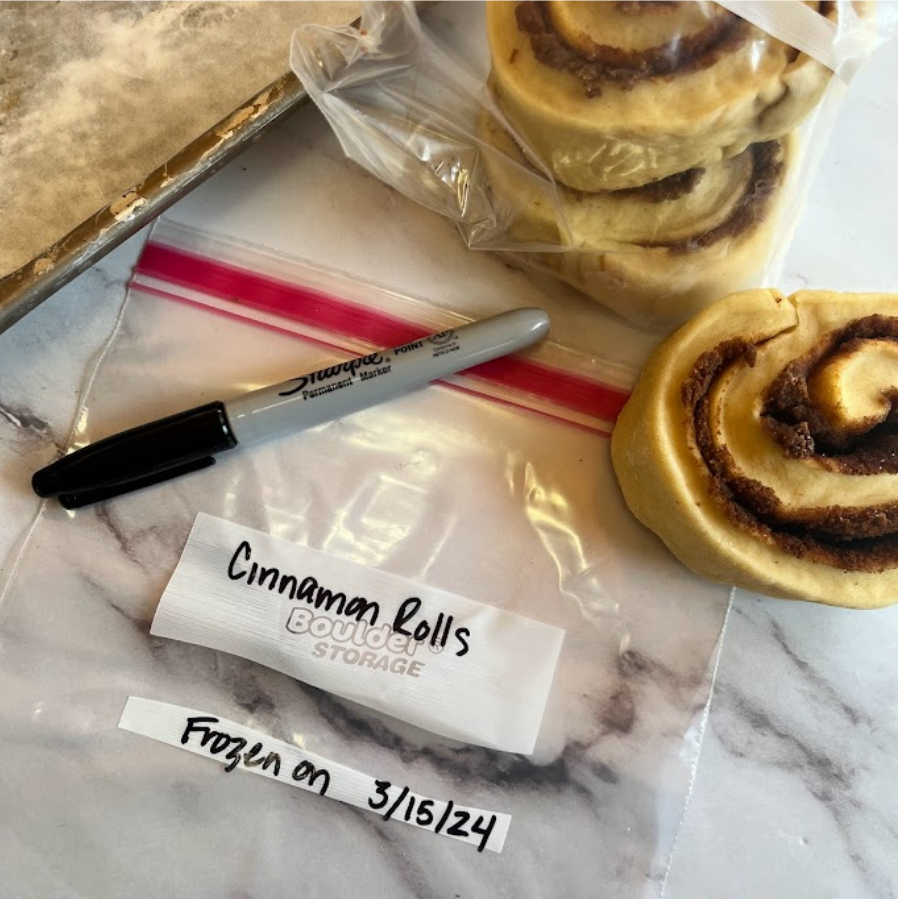
Make-ahead cinnamon rolls are the perfect solution for so many occasions. Are you baking for Christmas morning, Mother's Day, or Easter brunch? Just pull out a pan of par-baked cinnamon rolls, pop them in the oven, and say goodbye to last-minute baking chaos!
Are you a baker who sells treats to the public? Freezing unbaked cinnamon roll dough is an easy way to bake only what you need and still ensure everything is freshly baked each day!
Keep reading to learn how to freeze cinnamon roll dough so you can have fresh gooey cinnamon rolls anytime you want!
Ready to give it a try? This recipe makes the best cinnamon rolls, but you can use these tips with your favorite cinnamon roll recipe too!
How to freeze cinnamon roll dough:
There are two ways that you can freeze cinnamon roll dough. One method is to freeze unbaked cinnamon rolls before baking, and the other is to freeze after baking. Both of these methods are a great way to have warm homemade cinnamon rolls anytime you want!
Freezing Unbaked Cinnamon Roll Dough:
For this method, you'll start by preparing the cinnamon roll dough as usual. I like to use a stand mixer because it makes the process so much easier. Just follow my cinnamon roll dough recipe or a different recipe and mix the dough as instructed.
How to prepare cinnamon roll dough for freezing
After the dough is mixed, place it in an oiled bowl and let it rise in a warm place. After the first rise, roll out the dough on a floured work surface. Spread the dough with melted butter and the cinnamon and brown sugar mixture, and roll the dough into a log.
After rolling out your cinnamon roll dough and spreading the filling, use a sharp knife to mark where you want to cut the rolls.
Tips for freezing cinnamon rolls
After cutting the rolls, freeze them on a baking sheet lined with parchment paper until they're firm. Once firm, transfer the individual rolls to a freezer bag or airtight container, ensuring they're wrapped tightly in layers of plastic wrap.
How to bake pre-frozen cinnamon rolls
When you're ready to bake, place the desired amount of frozen rolls in a greased baking pan and thaw the rolls in the refrigerator overnight. The next morning, let the rolls rise at room temperature until doubled in size, then bake them according to your recipe's instructions. Fresh cinnamon rolls are ready in about an hour!
How long does frozen cinnamon roll dough last in the freezer
Unbaked cinnamon roll dough can last in the freezer for about 1 to 2 months, depending on how well it's wrapped and stored. It's important to note that yeast can lose some of its effectiveness when it's frozen. I recommend that you only freeze as many pans of cinnamon rolls as you will use in one month.
Freezing Par-baked Cinnamon Rolls:
The second method for freezing cinnamon rolls is to par bake them first, and freeze the unfrosted cinnamon rolls. I recommend using disposable pans for this type of freezer cinnamon rolls so that you can bake, freeze, and reheat in the same pan.
How to par-bake cinnamon rolls
Par-baking cinnamon rolls means that you bake the cinnamon rolls until they're almost done but not fully browned. It's a great way to prepare ahead and still allows you to have fresh cinnamon rolls whenever you want.
Just proof and bake your cinnamon rolls until they're firm but not fully golden brown, then let them cool completely in the pans.
How to freeze par-baked cinnamon rolls
To freeze par-baked cinnamon rolls, then let them cool completely in the pans. Once cooled, cover the pie pans tightly with plastic wrap or foil. Label and date them, and then freeze.
How to re-heat par-baked cinnamon rolls
When you're ready to eat, remove the rolls from the freezer and let them thaw in the fridge overnight. Bake them again in the disposable pie pans until fully golden brown, cool slightly, and then frost them.
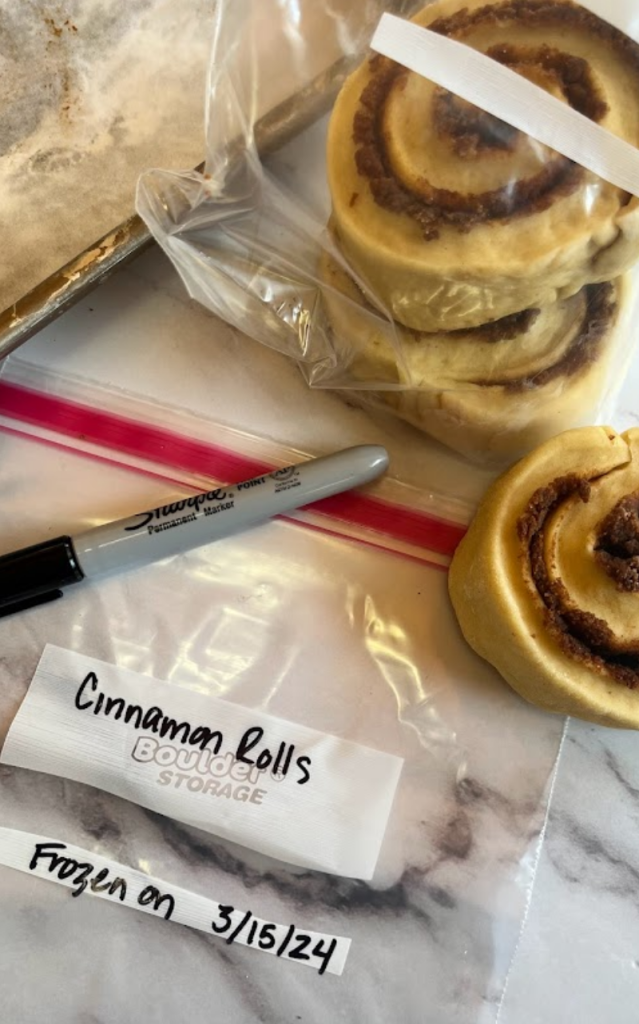
Tips for success with freezing cinnamon roll dough
Use Bread Flour: Opt for bread flour instead of all-purpose flour. The higher protein helps your cinnamon rolls maintain their shape during freezing and baking.
Increase Yeast: If you plan to freeze the unbaked dough, use active dry yeast and increase it by ¼ teaspoon per batch. This will help counteract the slowing effect of freezing and ensure fluffy rolls.
Adjust Rise Time: Allow extra time for the final rise when baking frozen rolls to accommodate for the chilled dough.
The easy way to cut cinnamon roll dough
Cutting cinnamon rolls can get messy, especially if it's soft dough. Using a piece of dental floss to cut the dough helps get perfect cinnamon rolls every time!
To cut cinnamon rolls with dental floss: Slide a piece of unflavored dental floss (about 12-18 inches long) under the marked dough where you intend to cut. Cross the ends of the dental floss over the dough and pull them in opposite directions, essentially "sawing" through the dough.
Continue pulling the dental floss until it cuts through the dough completely, creating clean, even slices. Repeat this process for each cinnamon roll, adjusting the length of dental floss as needed.
Following these tips will help ensure your cinnamon rolls turn out perfect every time!
Best equipment for baking great cinnamon rolls
Baking perfect cinnamon rolls is easier when you have the right equipment. Here are some of my favorites:
Stand Mixer with Dough Hook Attachment: A stand mixer with a dough hook attachment makes kneading the dough much easier and faster compared to kneading by hand. It ensures proper gluten development and a consistent dough texture.
Baking Sheets or Sheet Pans: Quality baking sheets or sheet pans are essential for baking the cinnamon rolls. Opt for heavy-duty pans that distribute heat evenly to ensure uniform baking.
Parchment Paper or Silicone Baking Mats: Line your baking sheets with parchment paper or silicone baking mats to prevent the cinnamon rolls from sticking and facilitate easy cleanup.
Sharp Knife or Bench Scraper: A sharp knife or bench scraper is handy for cutting the rolled dough into individual cinnamon rolls. It ensures clean cuts without squishing the dough.
Aluminum Foil or Plastic Wrap: Use aluminum foil or plastic wrap to cover the cinnamon rolls while they rise and during freezing to prevent them from drying out.
Pie Plates or Baking Dishes: Aluminum pie plates or baking dishes are excellent for freezing par-baked cinnamon rolls. They are sturdy, heat-resistant, and disposable, making cleanup a breeze.
Food Scale: Accurate measurement is crucial in baking. Invest in a quality food scale to ensure precise flour proportions.
Cooling Rack: After baking, transfer the cinnamon rolls to a cooling rack to prevent them from becoming soggy on the bottom. This allows air to circulate around the rolls, promoting even cooling.
Offset Spatula: An offset spatula is useful for spreading the filling evenly over the rolled-out dough and for transferring the baked cinnamon rolls to a serving platter.
Pastry Brush: Use a pastry brush to brush melted butter or egg wash onto the dough for added flavor and browning.
You can check out all the links to my favorite brands for the products mentioned in my Amazon store.
By having these essential equipment and tools on hand, you'll be well-equipped to tackle any cinnamon roll recipe with confidence and ease.
Tips for selling cinnamon rolls at the farmers market
By implementing these tips, you can overcome the challenge of having fresh cinnamon rolls early in the morning and successfully sell your delicious treats at the farmers market.
Preparation is Key: Make as much as possible the week before the market. This includes making the dough, shaping the rolls, and even freezing them if needed.
Par-Bake Cinnamon Rolls: Consider par-baking the cinnamon rolls the night before the market. Par-baking means partially baking the rolls until they are set but not fully browned. Then, finish baking them in the morning before the market. This allows you to have fresh, warm cinnamon rolls without the early morning rush.
Plan Your Workflow: Plan out your workflow for the market day, from baking and packaging to setup and sales. Having a well-organized plan in place can help you manage your time effectively and minimize stress.
Offer Variety: Consider offering a variety of cinnamon roll flavors and toppings to attract customers. Experiment with different fillings, such as apple cinnamon or chocolate hazelnut, and offer options for those with dietary restrictions, such as gluten-free or vegan cinnamon rolls.
Promote Pre-Orders: Encourage customers to pre-order cinnamon rolls for pickup at the market. This allows you to gauge demand in advance and ensures that you have enough fresh rolls available without overproducing.
Do you need help pricing your cinnamon rolls? You might want to check out this video for some helpful tips!
Knowing how to freeze cinnamon roll dough can be a game-changer for busy bakers and home cooks alike!
By using a great recipe like this one, you can whip up a batch of dough in no time, whether it's your first attempt or you're a seasoned pro.
Now you know how to freeze cinnamon roll dough!
When the craving strikes or special occasions arise, just pull out the dough, let it thaw, and watch as fluffy cinnamon rolls emerge from the oven, filling your kitchen with that delicious cinnamon aroma.
Whether topped with cream cheese frosting or drizzled with a simple maple syrup glaze, these frozen cinnamon rolls are sure to be a hit at any gathering or for a cozy morning treat. So why wait? Dive into the world of frozen cinnamon rolls today and discover the best way to enjoy warm, gooey goodness whenever you want!
Now you're ready to freeze cinnamon rolls with ease, whether you prefer unbaked dough or par-baked rolls. Check out my homemade cinnamon roll recipe post here for the full recipe.

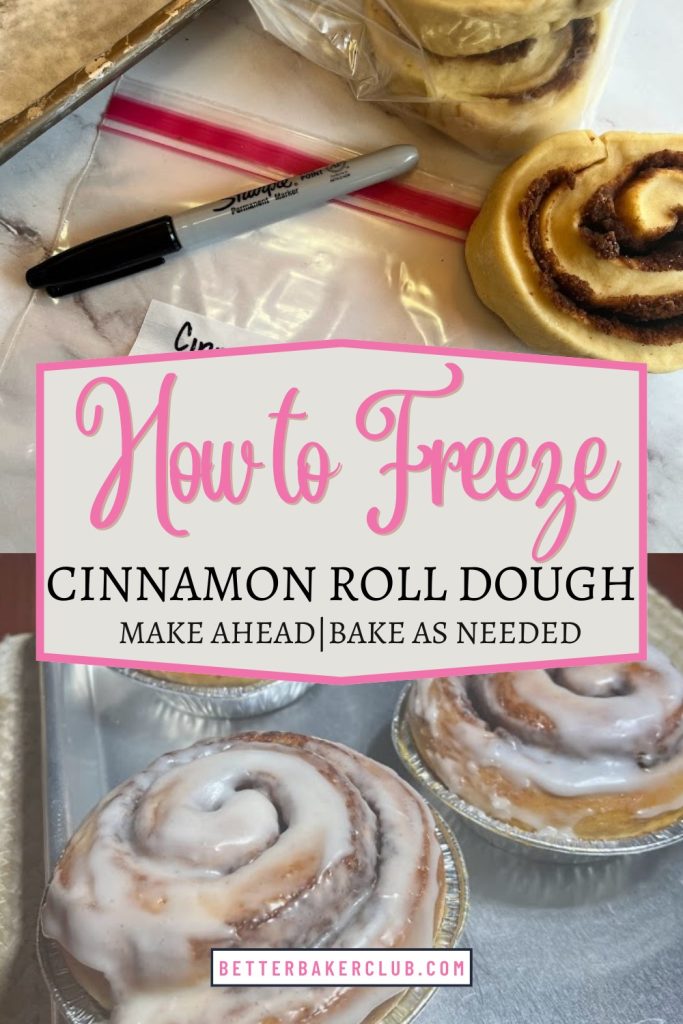
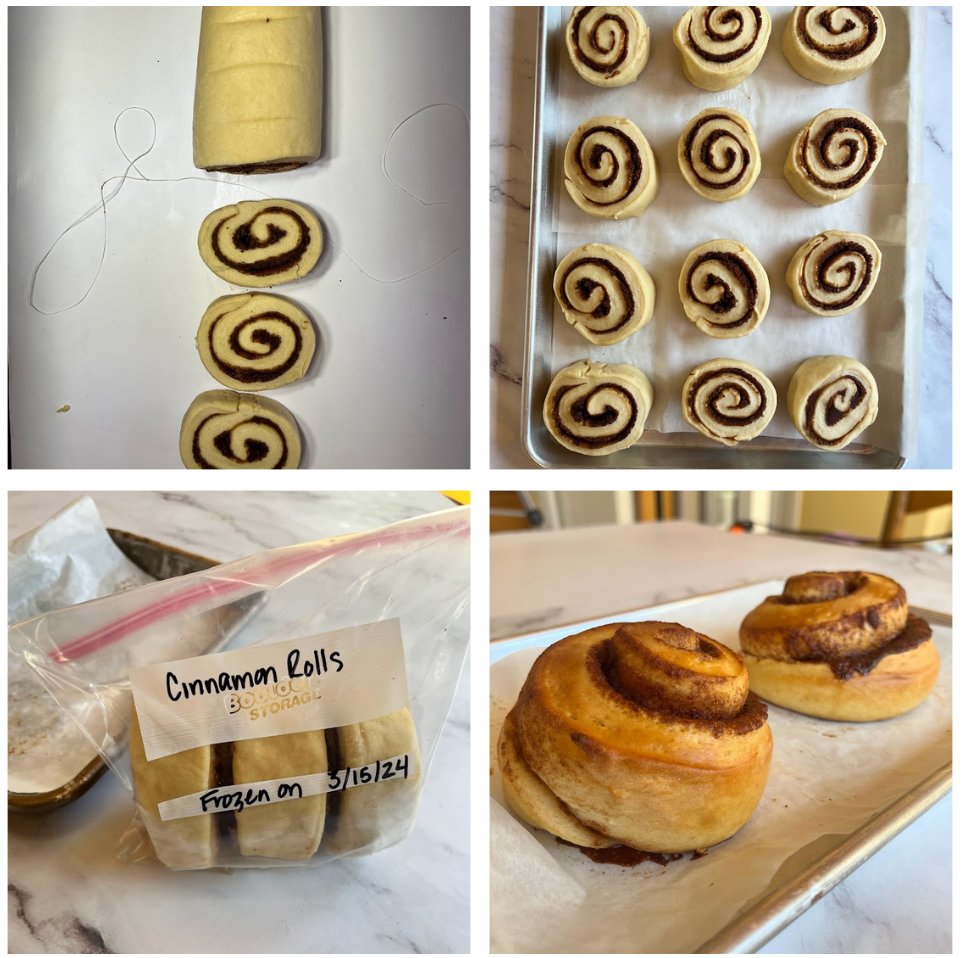

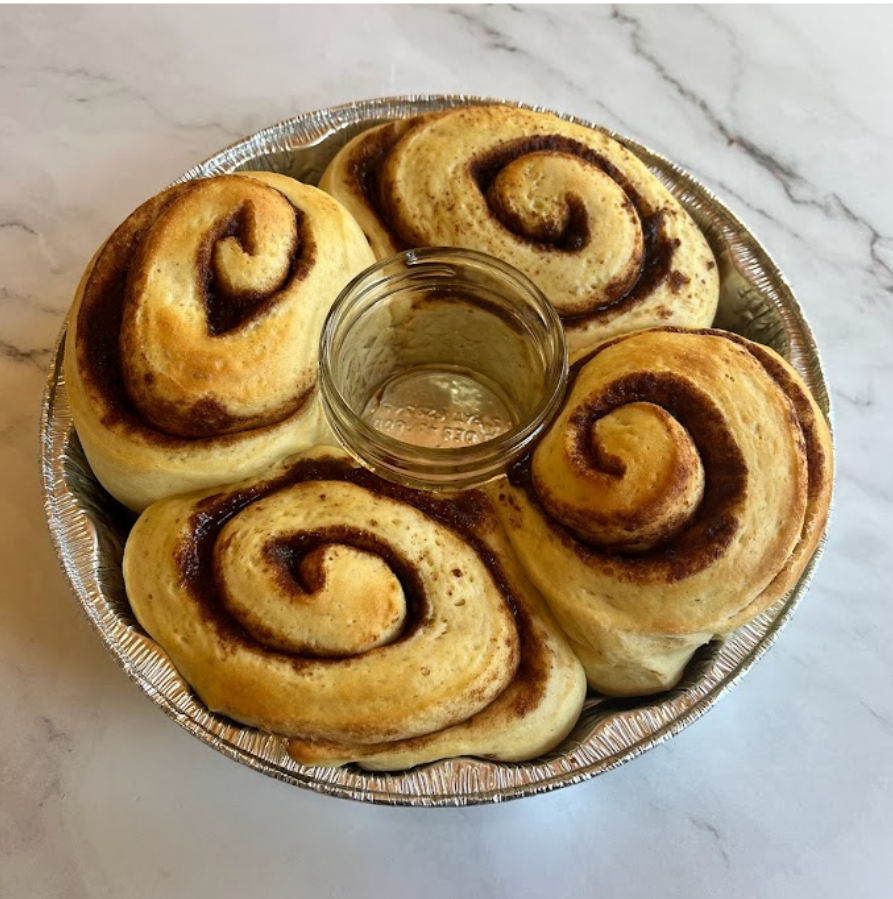
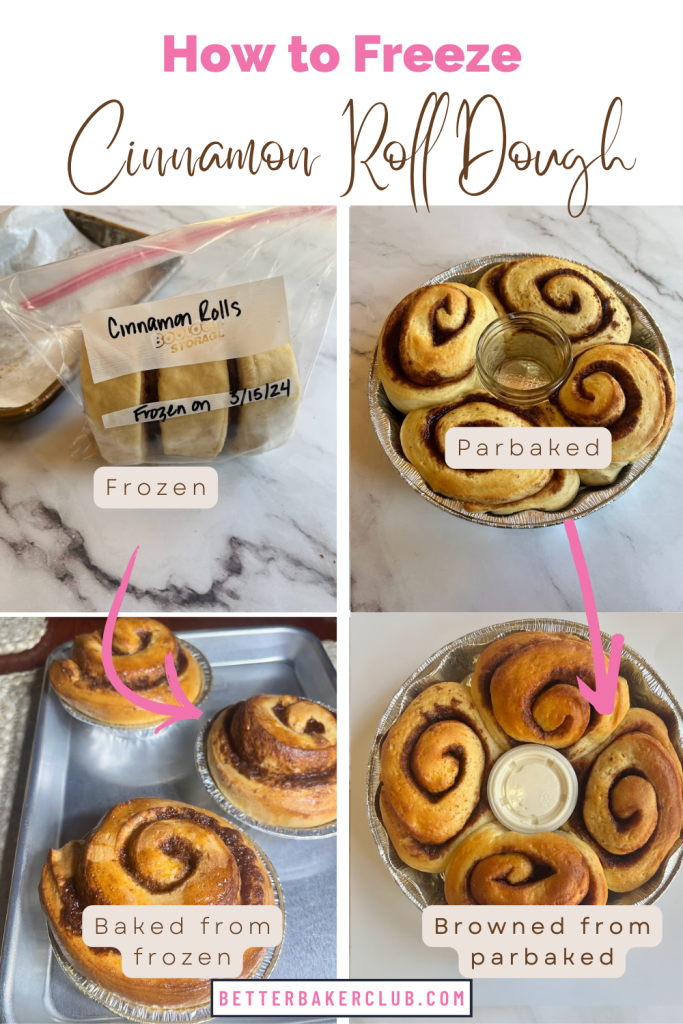
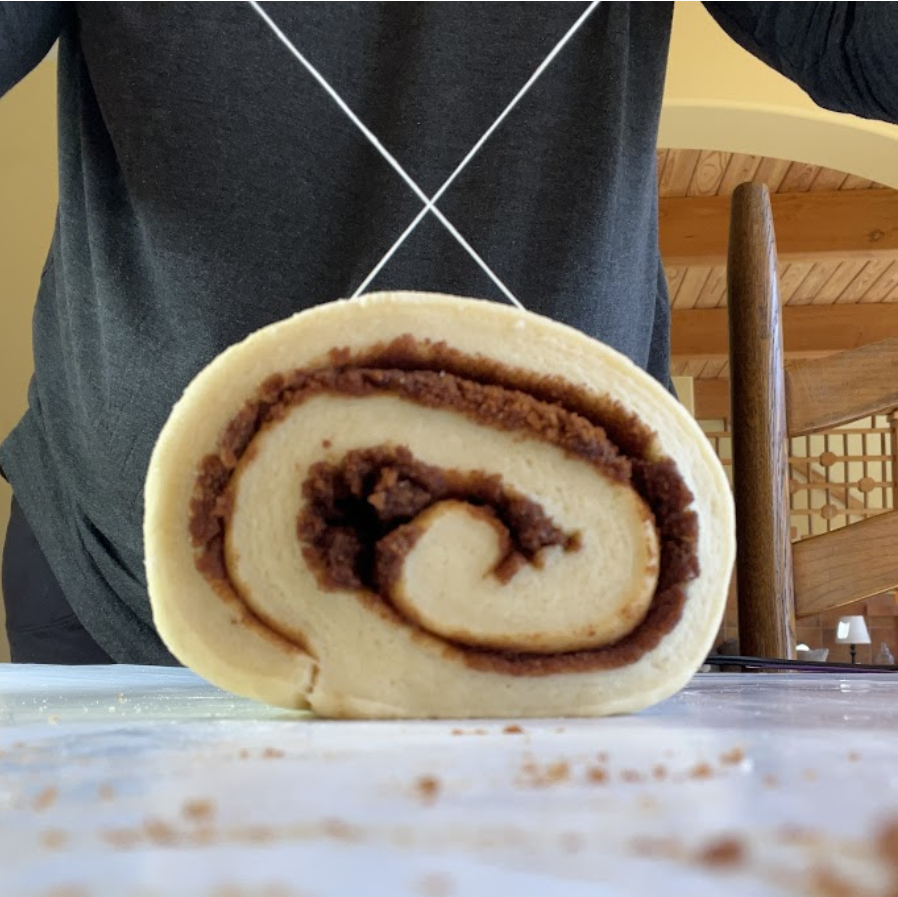
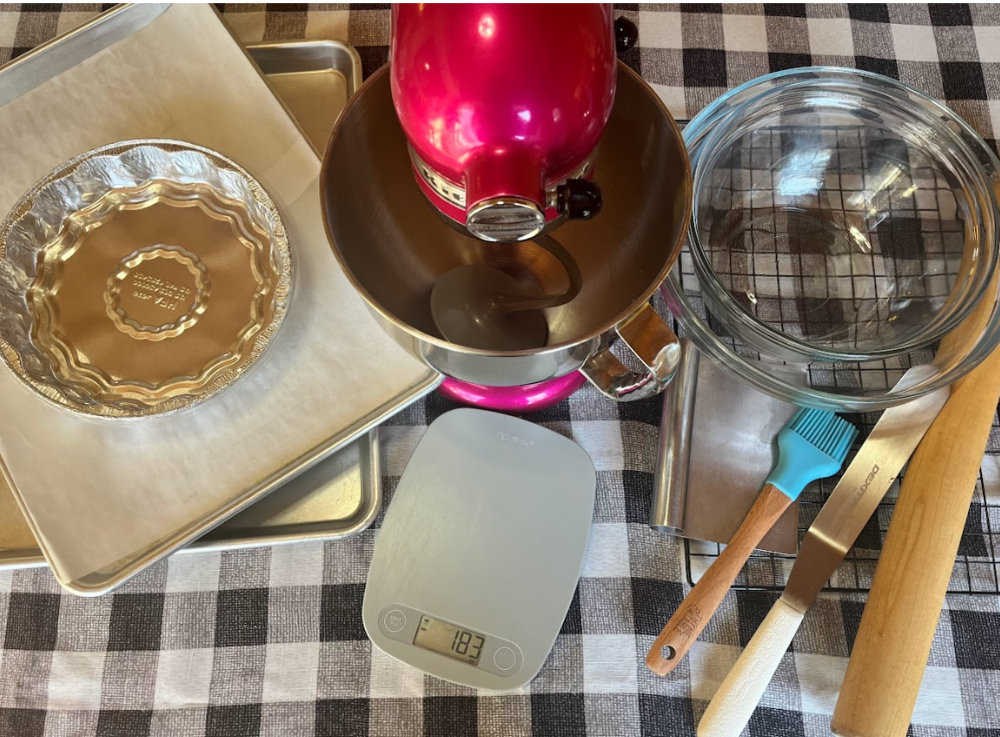
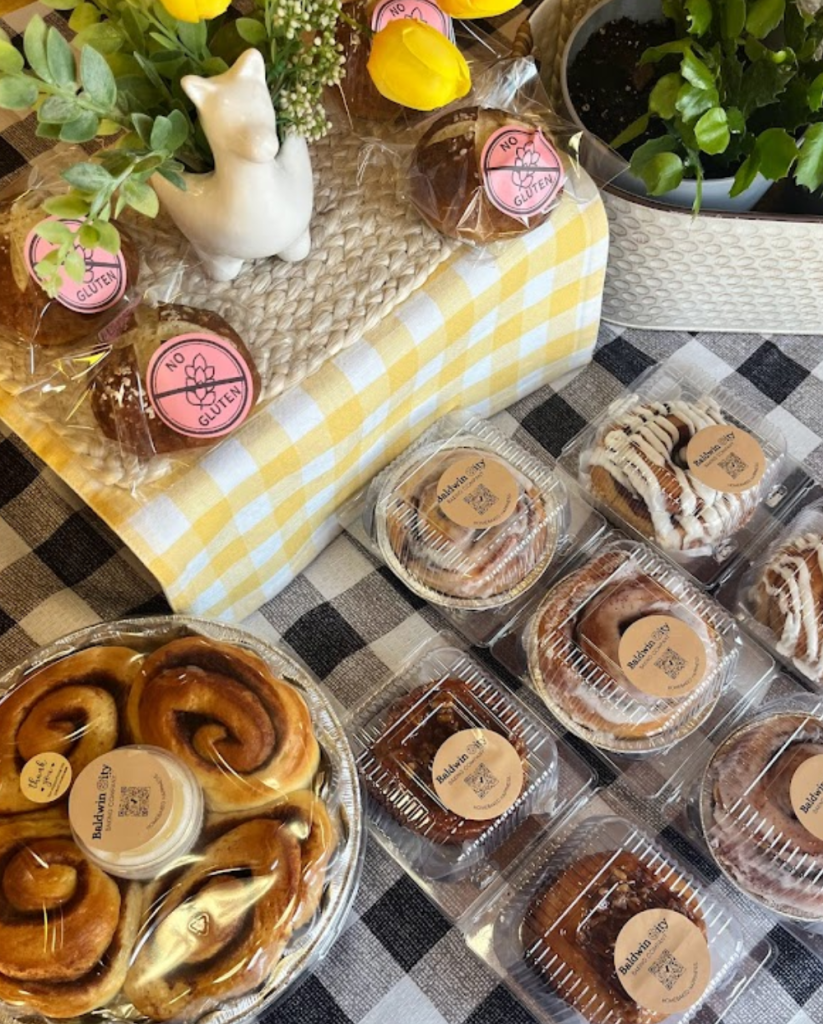
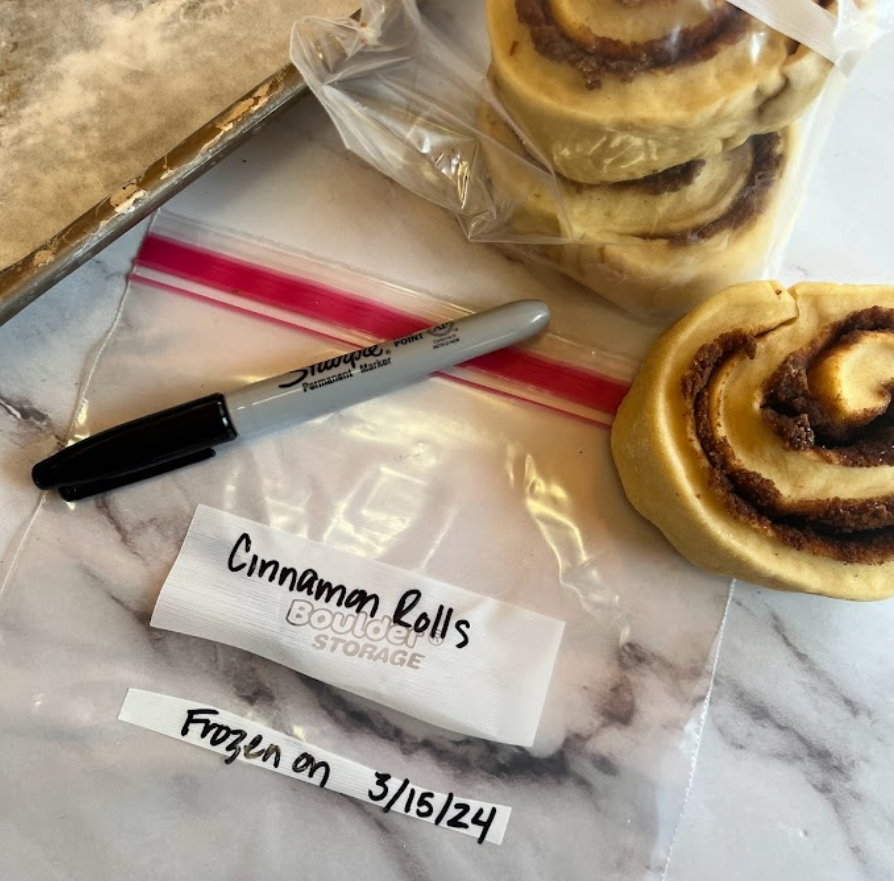
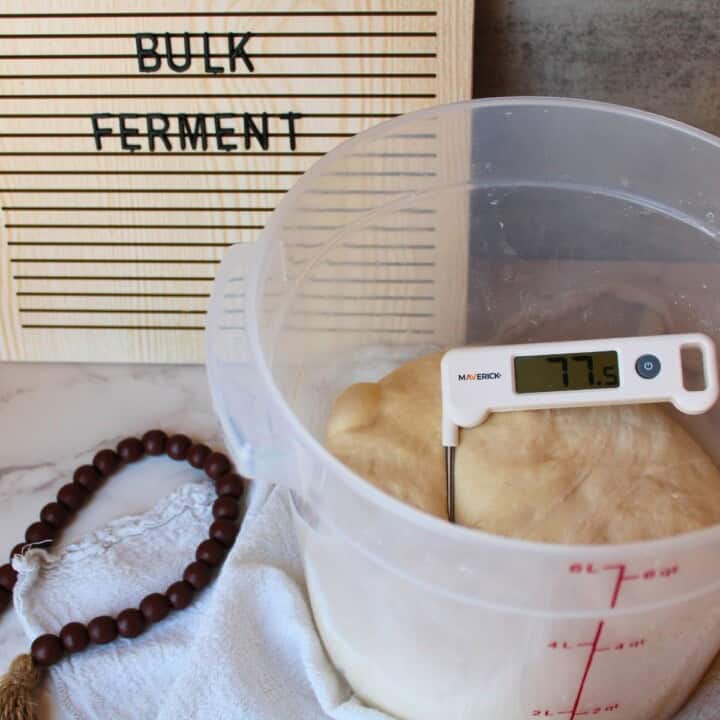
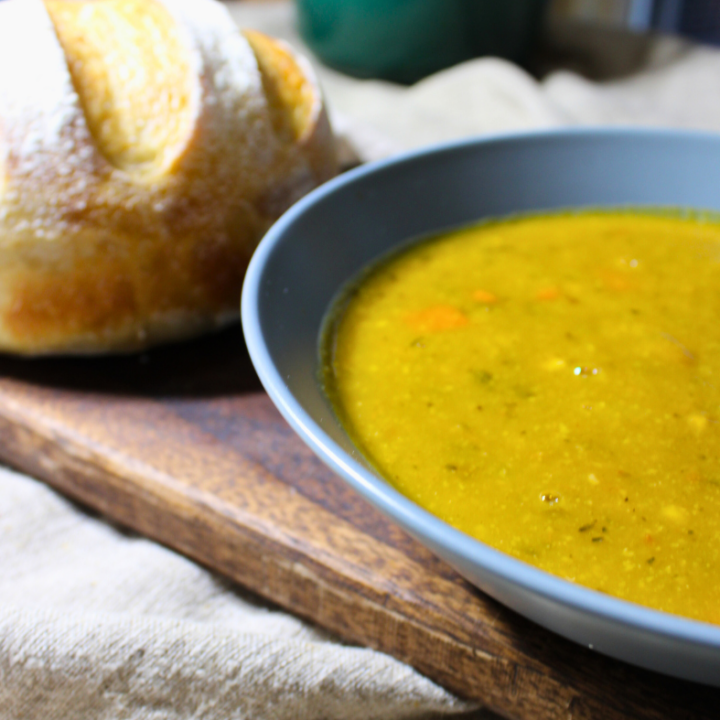
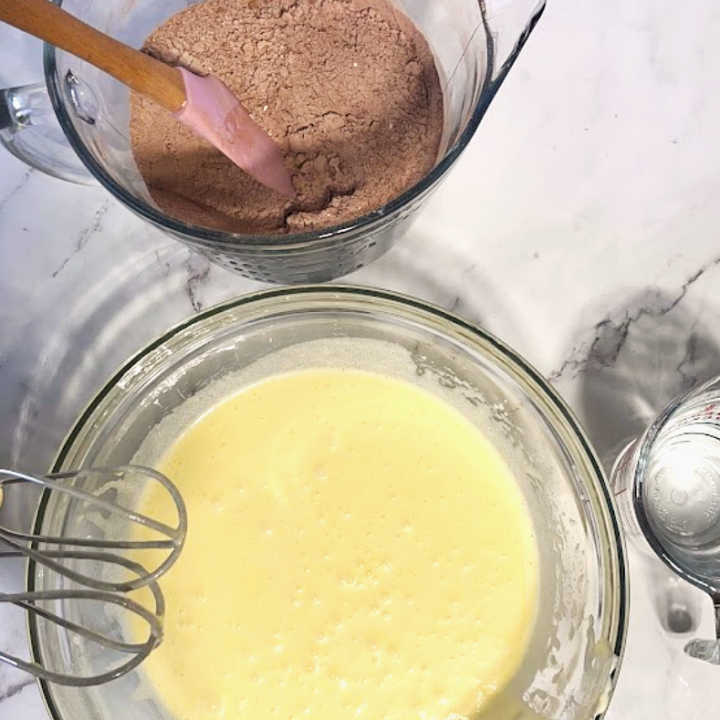
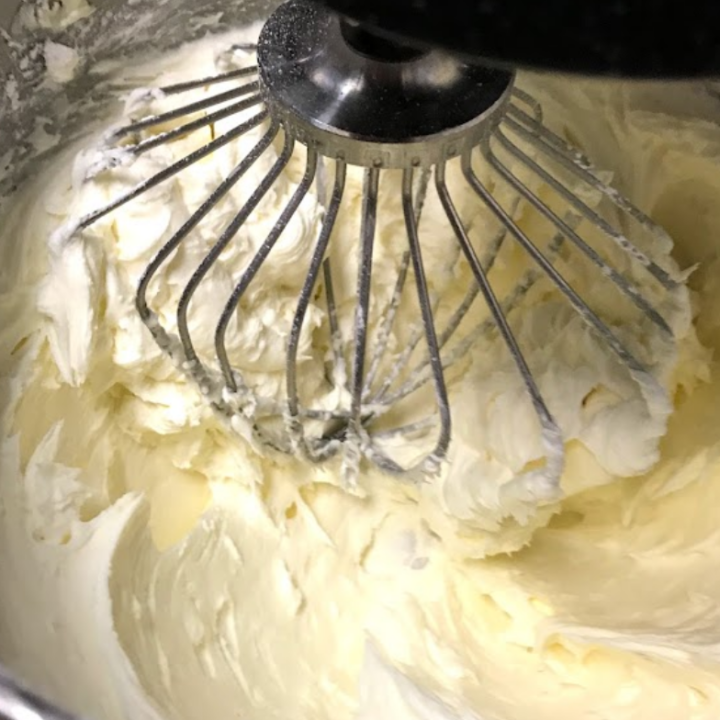
Teresa says
What internal temperature of the rolls are you aiming at when par-baking before freezing? In other words, what is the internal temperature when you pull them out of the oven and freeze for baking another time?
Better Baker says
When par-baking rolls before freezing, you should aim for an internal temperature of about 190°F (88°C). This way, the rolls are mostly baked but not fully browned, allowing them to be finished off perfectly when you bake them from frozen at a later time.